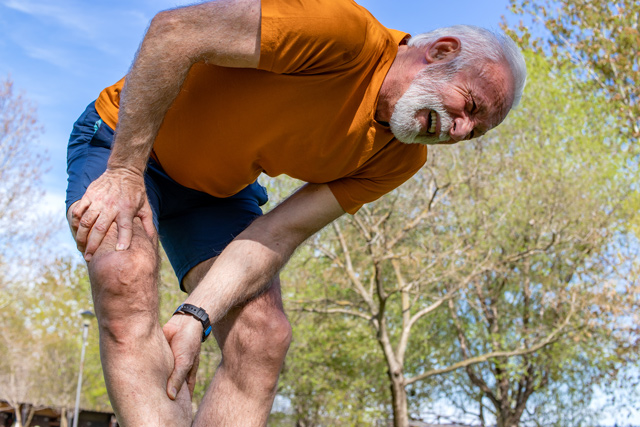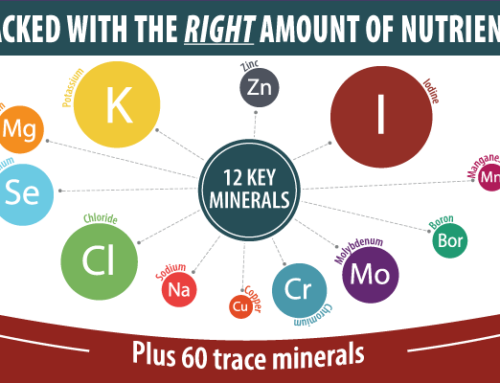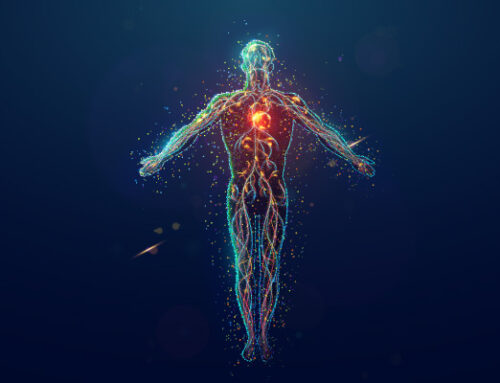How to get rid of a charley horse: This problem plagues athletes and sedentary folks alike. If you’ve ever been jolted out of sleep by a searing pain in your leg that leaves you gasping for breath, you know all too well how painful a muscle cramp can be. If you’ve never experienced a charley horse (sometimes misspelled as Charlie Horse), you can count yourself lucky. In this article, we share four of the most proven methods to overcome or prevent muscle cramps.
What is a Charley Horse?
A charley horse, as they are most often referred to, is an involuntary reaction that causes the nerves that control the muscle (usually the calf muscle) to misfire, causing the muscle to freeze and lock into a contracted position. A charley horse can be quite painful and can leave you hobbling around for a few days. Besides calf muscles, the muscles in the soles of the feet can cramp as well. This can also hurt terribly. Cramps can occur in any part of the body when muscles over-exert. For example, a drummer might get hand cramps after performing outside at a summer event.
Fun related article: Origin of the Phrase Charley Horse
What Causes Muscle Cramps?
There is a bit of debate in the scientific community about what causes a charley horse because they often occur in healthy people, sometimes striking at night for no apparent reason. For example, muscle cramps can occur in middle-aged and older people, but they are also common in athletes (like, long-distance runners and cyclists) and others who maintain active lifestyles. What is known is that certain groups are more prone than others to get charley horses and that certain factors are likely to increase the risk.
People at Risk to Get a Charley Horse
Here is a quick list of groups most at risk for muscle cramps:
- Athletes
- People who are dehydrated or who exert muscles in hot weather
- People with certain medical conditions including nerve disorders, cirrhosis, an underactive thyroid gland (known as hypothyroidism), and people who take certain medications.
- Those who wear high heels
- The elderly
- Pregnant women
Related article: Significant risks of Low Magnesium During Pregnancy
Long-distance runners, cyclists, and other individuals who exercise regularly often experience cramps. This may be purely because of muscle overuse, but it may also be due to electrolyte deficiencies or imbalances after losing critical electrolytes in sweat.
Dehydration is another factor associated with getting a charley horse, which of course, is an increased risk for athletes. Other conditions leading to an increased likelihood of getting charley horses include inactivity, anatomical conditions like flat feet, physical conditions such as pregnancy, or the use of certain medications that may cause electrolyte deficiencies. Also, people who wear high heels may experience muscle cramps because high heel-shoes position the feet and legs into a cramp-prone position.
1. How to Get Rid of a Charley Horse – Maintain Electrolyte Balance
A mineral deficiency or an imbalance of electrolytes, such as magnesium, potassium, calcium, and sodium, is also likely to increase one’s odds of getting a charley horse.
Related article: Natural Electrolytes are Essential for Life, Health, and Peak Performance
Electrolytes are certain minerals that play an important role in muscle function. Low levels of any of these minerals can allow the muscle to contract and then prevent it from relaxing. Some researchers believe a mineral imbalance can negatively affect blood flow to the muscles. So, to get rid of a charley horse or prevent one in the future, consider adding these essential electrolytes.
- Potassium: A lack of potassium can interfere with the muscles’ ability to use glycogen, a sugar that is the muscles’ main source of energy.
- Sodium: This is an essential electrolyte; however, most people get plenty of it in their diet. Sodium should only be a nutritional concern if your intake is low or you sweat a lot while working or exercising. If either of these two instances are the case, then replacing sodium is something you should consider.
- Magnesium: An essential mineral involved in muscle function that helps muscles to contract and relax.
- Chloride: An electrolyte that helps your body regulate the levels of fluids in your body. Chloride’s role in fluid balance makes it especially important because dehydration can be a contributing factor to muscle cramps.
2. Supplement with Magnesium
A few years ago, researchers in the United Kingdom found that 300 mg of supplemental magnesium (as magnesium citrate) reduced nighttime or nocturnal leg cramps in individuals who suffered chronic leg cramps. Like magnesium, potassium is an electrolyte found in your muscles. In fact, when your muscles contract, they release potassium into the surrounding tissue.
Electrolytes are certain minerals that play an important role in muscle function. Low levels of any of these minerals can allow the muscle to contract, but prevent it from relaxing.
As mentioned earlier, pregnant women often experience muscle cramps, and it’s no wonder given that there is a high need for magnesium in expectant mothers, and low magnesium is one of the strong theories related to muscle cramps. As mentioned above, potassium is related to muscles contracting, and there is a correlating function where magnesium causes muscles to relax. Both are needed.
The bottom line here is that studies show that the vast majority of people are deficient in magnesium. Given that and the role of magnesium in muscle function, it makes sense to start here when targeting the root cause of a charley horse. Many people report that when they take a magnesium supplement their leg cramps go away as long as they stay on top of it. A deficiency may not be the cause, but this simple solution may make a world of difference.
3. Correct Dehydration
A third preventative measure, especially if you find yourself sweating in warm weather, exercising for long periods of time, or working in hot conditions, is to maintain adequate fluid intake. Most of us know that dehydration can cause serious complications. However, did you know that even mild dehydration reduces your blood volume, which, in turn, can reduce the supply of oxygen to your muscles? When the oxygen supply is reduced to the muscles, they can go into spasm. Be sure to drink plenty of water during the day interspersed with electrolytes to help prevent this muscle reaction.
Related article: Saltwater Hydration
But don’t rely on typical sports drinks to prevent muscle cramps. Many sports drinks contain as much sugar as fruit punch and usually only provide sodium and potassium. The balance of different electrolytes is key for optimum health and hydration.
Shop for elete Electrolyte add-in by clicking here.
4. Stretch Properly
If a cramp does occur, try stretching the affected muscles. For example, in the case of calf-muscle cramps try pulling your toes towards your knees with the affected leg extended straight. Second, apply an ice pack to the sore muscle to reduce pain and swelling. After some time, you can relax in a warm bath or take a hot shower (allowing water to hit the affected area) to help relax the muscle. If the affected area still hurts, treat it like you would an injured muscle, which means resting the affected leg and avoiding any further muscle strain.
Finally, if you have chronic or severe leg cramps, contact your doctor. It may be a sign of a more serious condition, so it’s important to check-in with your physician.
Related article: Liquid trace minerals – How to Judge a Mineral Product.
Sources:
- Leg Cramps at Night. Electronic version available online at https://www.digitalnaturopath.com/cond/C466089.htm.
- Prevention Magazine. The Complete Book of Vitamins and Minerals, Rodale Press: New York, 1998, pp: 319-325.
- Roffe C, Sills S, Crome P, Jones P. Randomised, cross-over, placebo controlled trial of magnesium citrate in the treatment of persistent leg cramps. Med Sci Monit. 2002 8(5): CR326-30






